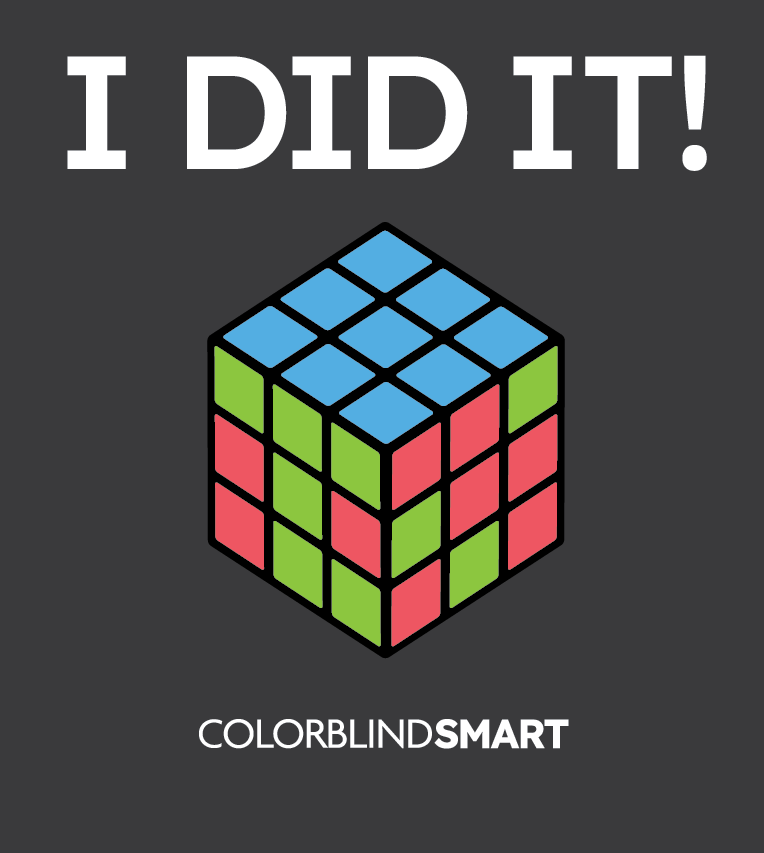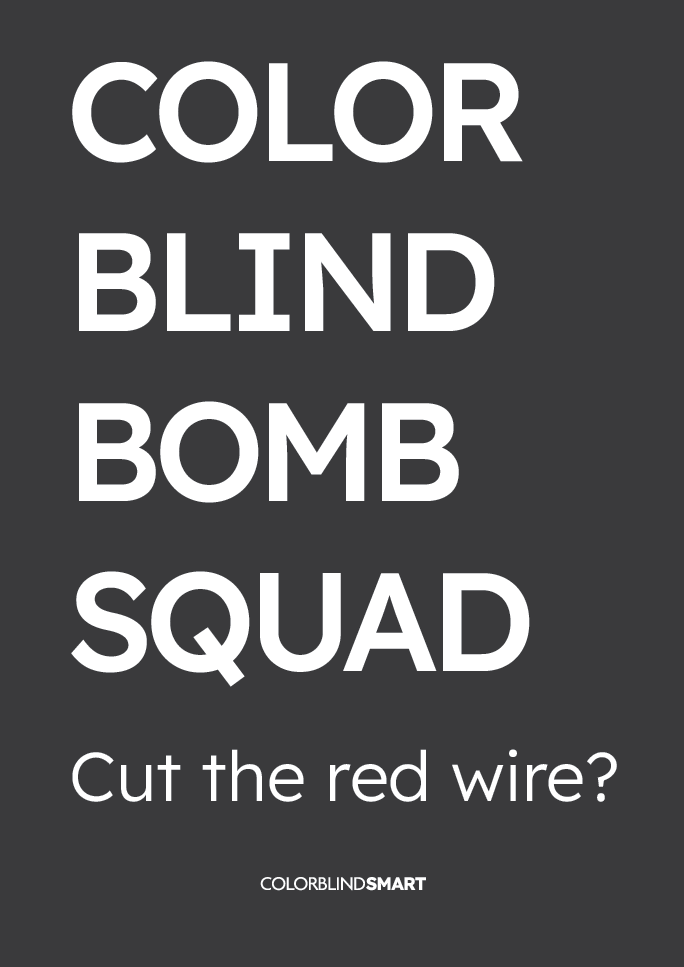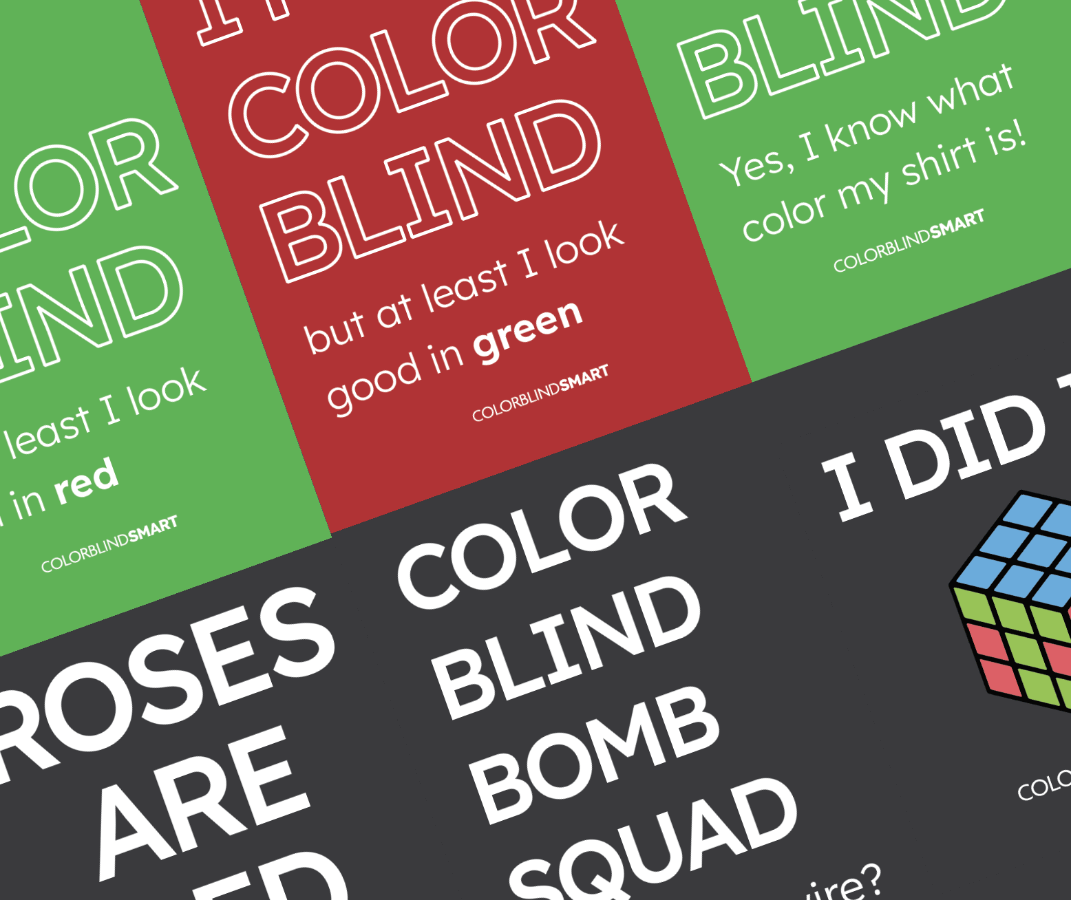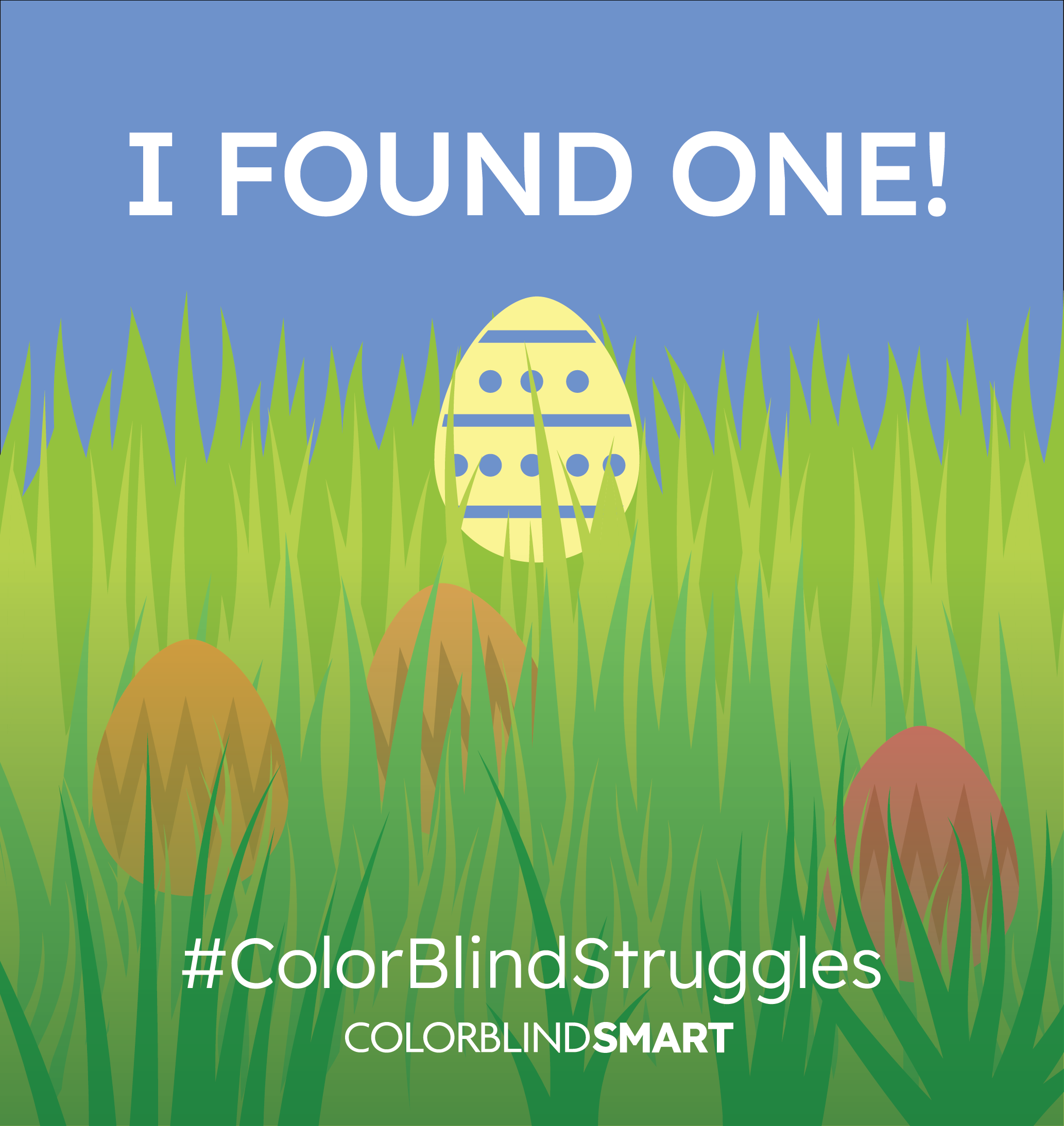Colorblind Rubik’s Cube Meme

How to Solve a Rubik’s Cube When You’re Color Blind
This meme features a Rubik’s Cube completed with swapped red and green squares, showing how colorblind individuals might unknowingly declare victory. The humor lies in the fact that the cube looks “solved” to someone with red-green color blindness, even if it doesn’t meet the traditional standard. It’s a relatable example of how small adjustments in perception can turn challenges into personal wins. The meme also encourages empathy by showing how colorblindness affects even recreational activities.
How to Solve a Rubik’s Cube When You’re Color Blind
Solving a Rubik’s Cube is already challenging, but for people with red-green color blindness, it can be even harder. Traditional cubes rely on color-based pattern recognition, and if red and green—or other similar colors—look the same, keeping track of each side becomes frustrating. However, there are adaptations and strategies that can help colorblind cubers solve the puzzle without relying solely on color.
Here’s how someone with color vision deficiency (CVD) can overcome the challenge and enjoy solving the Rubik’s Cube.
1. Use a Color Blind-Friendly Rubik’s Cube
A color-blind-friendly Rubik’s Cube can make a huge difference. Some cubes are specifically designed to be easier for colorblind solvers by using colors that are easier to distinguish.
- Color Universal Design Cube – A special color blind-friendly Rubik’s Cube was developed by Kyo Takano to help those with CVD. This cube uses high-contrast colors and unique patterns to make each side more recognizable.
- 📌 More info: Color Universal Rubik’s Cube
- Dayan Zhanchi Cube – This cube has higher color contrast between orange and green, which is particularly helpful for red-green colorblind solvers. The increased saturation makes it easier to distinguish between adjacent faces.
If you struggle with red-green confusion, using a cube with modified colors can make solving much easier.
2. Use a Cube That Doesn’t Rely on Colors
If color is a challenge, why not use a cube that doesn’t rely on colors at all? Several types of alternative Rubik’s Cubes exist, designed with different shapes, textures, or edge sizes instead of colors.
- Mirror Cube (Shape-Based Solving) – Instead of color-coded stickers, this cube features different edge sizes that require solvers to match pieces by shape rather than color. The puzzle functions the same way as a standard Rubik’s Cube but eliminates color confusion altogether.
- 📌 Available here: Mirror Cube on Amazon
- Tactile Markings Cube – This Rubik’s Cube is designed for visually impaired users, featuring raised tactile markings on each face so that solvers can identify sides by touch instead of vision.
- 📌 More info: Tactile Rubik’s Cube
Using a non-color-based cube can completely remove the difficulties associated with red-green or blue-yellow confusion.
3. Use Pattern Recognition Instead of Colors
Even if using a standard Rubik’s Cube, there are strategies to help colorblind solvers rely on patterns and position instead of color alone.
- Memorize sticker locations – A traditional cube has a fixed center color for each side. If red and green look similar, knowing which color is always in the center can help orient the cube correctly.
- Track pieces by location – Instead of focusing on color, track where each piece moves during algorithms. Solving by position rather than color can help avoid confusion.
- Use a sticker system – Some colorblind solvers add small dots or symbols to cube stickers to make identification easier.
These approaches allow solvers to work around color perception challenges by focusing on logical steps rather than visual cues.
4. Try Digital Cube Solving Tools
If physical cubes remain difficult, using virtual Rubik’s Cube solvers can help with color identification and tracking moves.
- Online solvers allow users to input cube colors and provide step-by-step solving instructions.
- Some mobile apps allow users to scan a real cube and adjust contrast settings to make it easier to differentiate colors.
This can be a useful training tool before transitioning to a physical cube.
Color blindness doesn’t have to make solving a Rubik’s Cube impossible. Whether using a color-blind-friendly cube, a shape-based cube, or relying on position tracking instead of color, there are many ways to overcome color confusion and enjoy solving.
If you’re colorblind and love puzzles, consider trying a Rubik’s Cube with modified colors, textures, or shapes to find the best method for you! 🎯
Why Memes and Jokes Matter
Laughter can break down barriers and create curiosity, even when it comes to misunderstood conditions like color blindness. These hilarious memes and jokes about color blindness not only bring a smile but also highlight the unique challenges faced by those with color vision deficiency. Here’s a look at seven of the funniest colorblind memes and what they reveal about living with the condition.
Colorblind memes and jokes don’t just entertain—they educate. They spark conversations about how colorblind individuals experience the world and offer a chance to share practical tips for creating more inclusive designs and environments. By laughing with, rather than at, colorblind individuals, these jokes create opportunities for greater understanding and connection.
Which meme is your favorite? Share it with friends and help spread awareness through humor!
Last updated: April 04 2025


